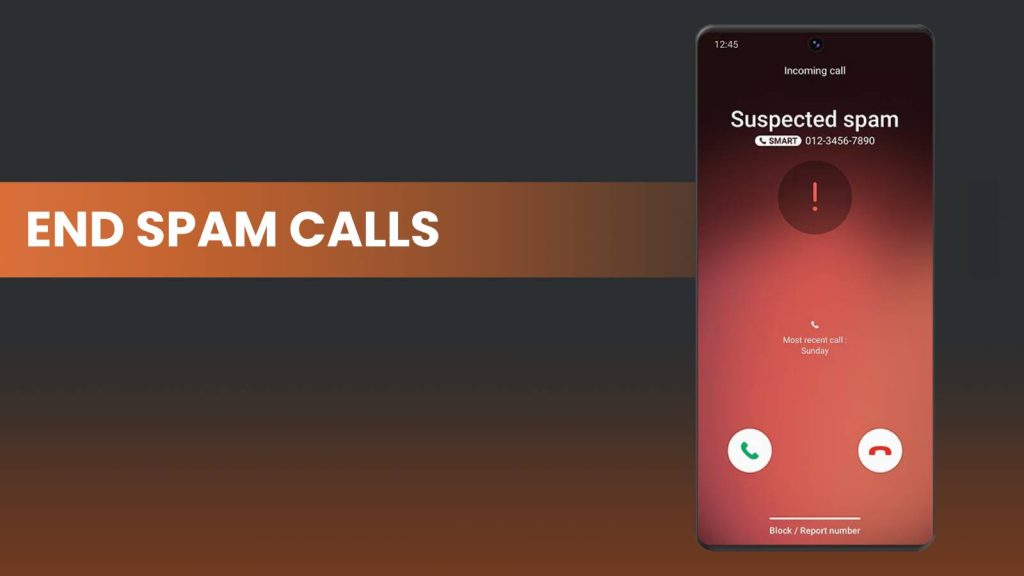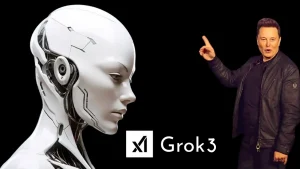India is preparing for one of its most ambitious telecom reforms — a nationwide Verified Caller ID system that aims to end spam calls by 2026. For millions of Indians tired of daily scam, spam, and telemarketing calls, this could be the biggest relief yet.
The move, led by the Telecom Regulatory Authority of India (TRAI), will mark a massive step in restoring trust and transparency in communication. Once the system rolls out, users will instantly know who is calling them, whether the caller is genuine, and whether it’s safe to pick up.
Know how India plans to eliminate spam calls, what the verified caller system means, and how it will impact businesses, users, and scammers alike.
India’s War Against Spam Calls
Spam calls have become a modern-day epidemic. A 2024 report by Truecaller revealed that India is among the top five countries globally affected by spam calls, with users receiving an average of 16 spam calls per week. These include fake insurance agents, credit card offers, personal loan scams, and even impersonation of government officials.
Such calls not only waste time but often lead to financial fraud, phishing attacks, and data theft. With the rise of digital payments, scammers have found new ways to exploit unsuspecting users by posing as bank representatives or customer service agents.
TRAI and the Indian government have recognized that sporadic measures like the Do Not Disturb (DND) registry and third-party spam filters are no longer enough. The time has come for a systemic, nationwide solution that tackles spam at the network level — not just on user devices.
What Is the Verified Caller ID Initiative?
The Verified Caller ID Initiative is a government-backed authentication system that ensures every call you receive comes from a verified and identifiable source.
When someone calls you, their registered name, photo, or company logo (in the case of businesses) will appear on your phone screen. This information will be drawn directly from telecom-verified KYC data, ensuring authenticity.
Unlike Truecaller — which relies on user submissions and can display misleading names — this initiative will use official telecom databases, verified by the operators themselves. This guarantees 100% authenticity and accuracy in identifying callers.
The system will bring greater transparency, accountability, and trust to voice calls, empowering users to confidently identify who is reaching out and why.
TRAI’s Role: Leading the Mission to Clean Up the Networks
The Telecom Regulatory Authority of India (TRAI) is the backbone of this reform. For years, TRAI has been implementing anti-spam policies such as the Unsolicited Commercial Communication (UCC) rules and mandating telecom operators to track telemarketing entities.
As spammers adapted and exploited loopholes, TRAI decided to take the battle a step further — by embedding caller verification directly within the telecom network infrastructure.
TRAI is collaborating with all major telecom companies — Reliance Jio, Bharti Airtel, Vodafone Idea (Vi), and BSNL — to integrate a unified system that verifies callers in real time. The organization is also working alongside the Department of Telecommunications (DoT) to ensure the legal framework aligns with data privacy regulations.
This marks a new era where caller authentication happens at the network level, not just through apps, making it virtually impossible for spam or scam calls to pass through unchecked.
How the Verified Caller ID Will Work
Here’s a step-by-step look at how the Verified Caller ID system will function:
- When a caller initiates a call, the telecom network instantly cross-verifies their number and identity against its KYC database.
- If verified, the caller’s name, photograph, or company logo will appear with a green verified badge on the receiver’s screen.
- If the number isn’t registered, is unverified, or appears suspicious, it will display a warning sign or “Unknown Caller” message.
- Telecom operators will also use AI-driven pattern detection to automatically identify and block mass spam call activity.
The verified caller system will be integrated natively into Android and iOS calling systems, meaning users won’t need to download any external apps. Even feature phone users will benefit via network-level caller verification.
This innovation will help users instantly distinguish between a legitimate bank call and a fraudulent one, significantly reducing scam risks.
Target Date: Rollout by 2026 – What to Expect
The verified caller ID system will be rolled out in three strategic phases between 2025 and 2026:
- Phase 1 (Early 2025): Pilot testing will begin with select telecom networks and verified business entities. This stage will focus on refining the verification algorithm and testing user interface features.
- Phase 2 (Mid to Late 2025): The system will expand to cover registered enterprises, government helplines, and verified customer service numbers.
- Phase 3 (By 2026): A full-scale nationwide rollout covering personal mobile numbers, small businesses, and public service lines.
By the end of 2026, the goal is for over 95% of India’s mobile users to have verified caller identification enabled. This phased approach ensures stability, data accuracy, and seamless integration across all telecom platforms.
Impact on Spam and Scam Callers in India
Once the system is live, spam and scam callers will face a complete shutdown of their operations. Each verified call will carry an identifiable digital signature, making it impossible to impersonate banks, companies, or government departments.
Telemarketers using unverified or fake numbers will automatically be flagged as spam or blocked at the network level. This system will drastically reduce the number of fraudulent calls, impersonation scams, and fake promotions.
Industry experts predict that the Verified Caller ID initiative could cut spam call volume by 80–90% within the first year. This will restore faith in answering unknown calls, allowing genuine businesses to reach customers more effectively without being mistaken for spammers.
Privacy Concerns and Data Protection
Privacy remains one of the top concerns for users. TRAI has made it clear that no personal user data will be shared publicly under this initiative.
The caller verification will use existing KYC data collected during SIM card registration, and no new personal details will be required. All data transfers and storage will be fully encrypted, ensuring compliance with India’s Digital Personal Data Protection (DPDP) Act, 2023.
TRAI also reassured that telecom operators will not share user identity information with any third-party application or marketing platform.
So while you’ll see who’s calling, your own personal details — unless you choose to verify as a business caller — will remain private and secure.
What It Means for Businesses and Telemarketers
For businesses, the Verified Caller ID system is a double-edged sword — both an opportunity and a responsibility.
Verified caller IDs will build trust, increase call answer rates, and strengthen brand reputation. For instance, calls showing “SBI Bank – Verified ✅” will instantly reassure users that the call is legitimate.
This also means businesses and telemarketers must strictly adhere to TRAI’s new verification protocols. They will need to register their numbers, provide valid documentation, and maintain compliance to avoid penalties.
Unverified or fraudulent telemarketing activity will result in network-level call blocking, financial penalties, or even license cancellation.
In the long term, this move will help legitimate businesses stand out while deterring spammers from abusing telecommunication systems.
Public Reaction and Expert Opinions
The announcement has sparked optimism among both users and industry experts. Social media discussions reflect widespread support, with many users expressing hope that this move will finally bring peace from persistent spam calls.
Telecom analysts describe this as a “paradigm shift in caller trust,” saying it could redefine how Indians perceive phone calls in the digital age.
Cybersecurity experts have also praised TRAI’s proactive approach, suggesting it could set global standards for identity-based communication.
Some experts, however, caution that the success of the program depends on the accuracy of KYC databases and consistent enforcement across all networks. Nonetheless, the initiative is being hailed as India’s strongest-ever step toward digital call security.
Global Comparisons: How India’s Move Stands Out
While several countries have attempted to fight spam calls, India’s approach stands out in both scale and scope.
The United States uses the STIR/SHAKEN protocol to verify calls made over IP networks, while countries like Australia and the U.K. have implemented stricter call filtering mechanisms.
India’s solution is unique — it’s being built at the national telecom infrastructure level, not limited to smartphones or specific carriers. It will encompass both smartphone and feature phone users, making it the largest and most inclusive caller verification system in the world.
If executed successfully, India’s verified caller ID system could become a benchmark for developing nations looking to build safer telecom ecosystems.
Challenges Before 2026: Can India Truly End Spam Calls?
While the goal is promising, India faces several challenges before 2026. These include:
- Updating old KYC records and ensuring all SIMs are linked to valid identities.
- Integrating telecom infrastructure across multiple providers.
- Educating users about the benefits of the new system.
- Cracking down on international spam networks that use VoIP-based calling routes.
Some older devices and legacy systems may require software updates or replacements to support the verified caller feature.
Despite these challenges, experts believe the system is achievable, provided there’s strong regulatory enforcement and continued public cooperation.





